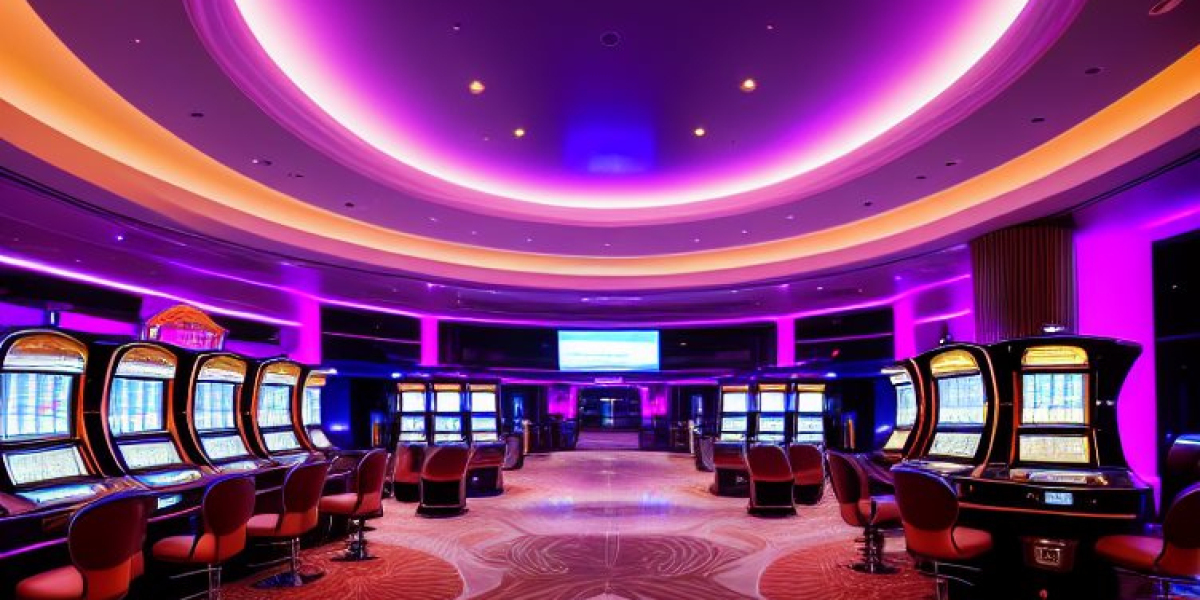Streetwear has always had its own language—bold, unapologetic, and deeply rooted in culture. Among the most iconic symbols in this realm is the BAPE hoodie, a piece that has transcended fashion to become a global statement. Founded by Nigo in 1993, A Bathing Ape, often shortened to BAPE, quickly rose to cult status, with the hoodie emerging as one of its most coveted items. But what makes the BAPE hoodie so legendary? Its journey from Harajuku to international stardom is a fascinating blend of exclusivity, design, celebrity endorsement, and subcultural power.
Origins of BAPE and the Rise of the Hoodie
The story of the BAPE hoodie begins in Tokyo’s Harajuku district, where fashion innovation meets rebellion. Nigo, influenced by punk, hip-hop, and 90s American culture, created BAPE not just as a fashion brand, but as a lifestyle. The hoodie was one of the earliest and most recognizable pieces in the BAPE lineup. Unlike traditional hoodies, BAPE’s version featured bold camo prints, full-zip shark faces, and intricate embroidery, instantly standing out in a crowd. The hoodie wasn't just clothing; it was armor for the youth culture of Tokyo, and soon, the world.
BAPE kept production quantities intentionally low, creating a sense of scarcity and desirability. This limited-edition approach drove demand to astonishing heights. Streetwear aficionados understood that owning a BAPE hoodie wasn’t just about fashion—it was about belonging to an elite global community that understood the culture.
The Design That Defined a Generation
What sets the BAPE hoodie apart is its fearless design philosophy. The brand's signature camo print, known as “ABC Camo,” became an emblem of high-end street fashion. But the most famous design is perhaps the full-zip shark hoodie, introduced in the mid-2000s. Featuring a snarling shark face that zips up over the wearer’s entire head, it quickly became the ultimate flex for hypebeasts and streetwear loyalists.
Each hoodie is crafted with meticulous detail. From the heavyweight cotton to the precision of the stitching and screen printing, BAPE hoodies offer a tangible sense of luxury. The balance between playful graphics and premium quality bridges the gap between streetwear and high fashion—a blend few brands achieve authentically.
Celebrity Endorsement and Global Impact
No discussion of the BAPE hoodie is complete without acknowledging the role of celebrities. Pharrell Williams was one of the earliest global ambassadors, wearing BAPE long before it became a mainstream phenomenon. He collaborated with Nigo on Billionaire Boys Club and Ice Cream, further intertwining hip-hop culture with Japanese streetwear.
Later, artists like Kanye West, Lil Wayne, Travis Scott, and even athletes and fashion icons joined the wave, often appearing in BAPE hoodies on red carpets, in music videos, and during interviews. These public sightings created a domino effect, pushing BAPE into global consciousness and making the hoodie a must-have item.
BAPE's strategy of limited drops, exclusive collaborations, and heavy influencer culture turned the hoodie into an aspirational piece. When people saw their idols wearing it, the desire to own one skyrocketed. In streetwear, symbolism matters—and the BAPE hoodie became a badge of authenticity, confidence, and cultural awareness.
Collaborations That Pushed Boundaries
Another reason the BAPE hoodie remains relevant is its ever-evolving roster of collaborations. Over the years, BAPE has teamed up with a wide array of partners—ranging from Marvel and Nintendo to Adidas, Supreme, and even luxury brands like Coach. Each collaboration adds a fresh twist while retaining BAPE’s distinct visual identity.
These joint ventures keep the hoodie exciting and collectable. Whether it’s a camo design featuring Baby Milo or a Marvel-themed shark zip-up, each drop sells out in minutes, often reselling for two to three times the retail price. The hoodie becomes more than clothing—it becomes a work of art, a collectible, a piece of fashion history.
The Hype Culture and Resale Value
Streetwear has always had a complex relationship with hype, and BAPE is no exception. The scarcity model fuels a thriving resale market, with rare BAPE hoodies commanding prices that rival luxury labels. On platforms like Grailed and StockX, early-edition or collaboration hoodies often fetch thousands of dollars.
This resale culture adds another layer of allure. People aren’t just buying BAPE hoodies to wear them—they’re investing in them. The hoodie becomes a financial asset, its value dictated by condition, rarity, and timing. It's fashion-meets-entrepreneurship, driven by a generation that blends aesthetics with economics.
BAPE’s Cultural Legacy
More than two decades since its founding, BAPE continues to influence the fashion landscape. It has weathered the saturation of the streetwear market, adapted to global trends, and maintained its core identity. The hoodie stands at the heart of this legacy—unchanged in essence, but always evolving in presentation.
BAPE’s ability to merge Eastern design with Western pop culture, to remain both nostalgic and forward-thinking, is rare. The hoodie encapsulates this magic. It is worn by skaters in Tokyo alleys, rappers on American stages, and collectors in fashion capitals across Europe. It transcends demographics, speaking to a universal desire for individuality, creativity, and rebellion.
The Future of the BAPE Hoodie
As fashion trends shift and new brands emerge, some wonder if BAPE can continue its reign. Yet the brand’s deep roots and adaptive strategies suggest longevity. In an age of fast fashion and fleeting trends, the BAPE hoodie offers something enduring: a piece of wearable culture.
The brand continues to expand globally, with flagship stores in cities like New York, Paris, and Hong Kong. New generations are introduced to BAPE through social media, influencer content, and ongoing collaborations. The hoodie, with its recognizable shark face or camo print, still holds power—not just as a piece of clothing, but as a symbol of fashion evolving dialogue.
Final Thoughts
The BAPE hoodie is more than just a hoodie. It is a representation of cultural shifts, artistic expression, and the global rise of streetwear. From the streets of Tokyo to the closets of music legends, the hoodie’s journey is a blueprint for modern fashion success. In an ever-changing world, where trends come and go, the BAPE hoodie stands as a timeless icon—loud, bold, and unapologetically cool. Whether you’re a collector, a fan, or just a curious observer, one thing is certain: the BAPE hoodie isn’t just part of streetwear history—it is streetwear history.








